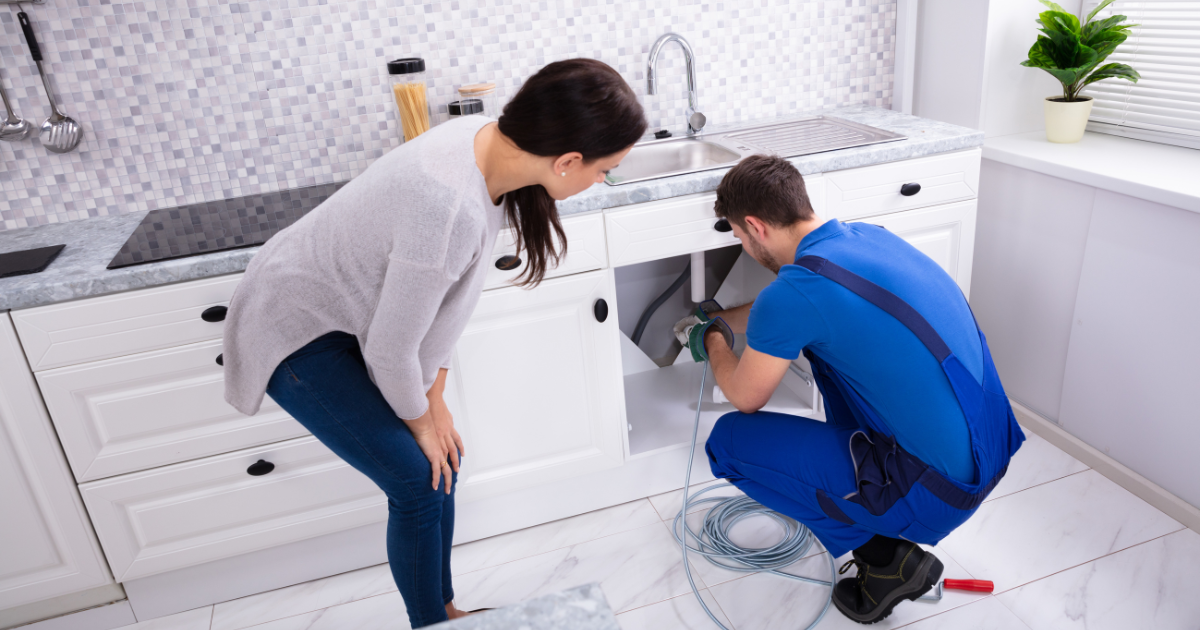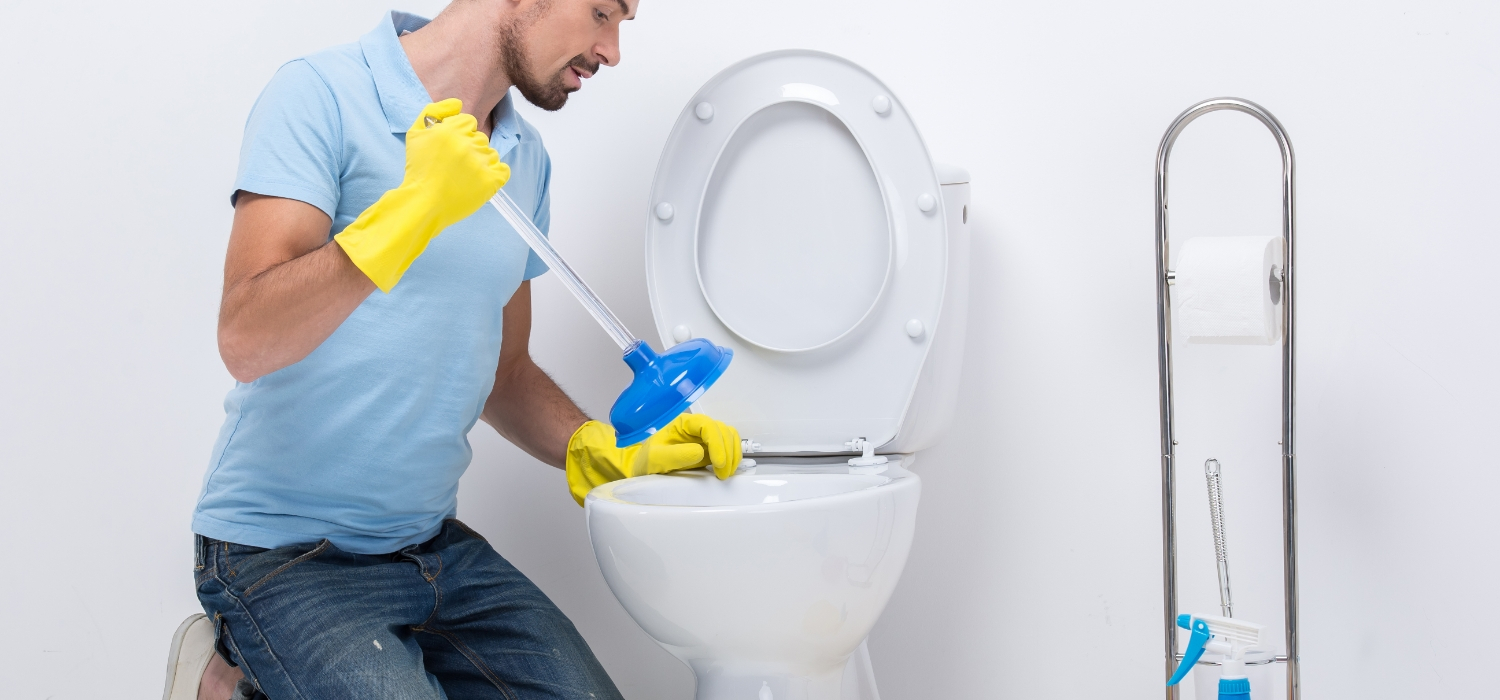What are your opinions concerning What I learned from trying to deal with a clogged drain?

Intro
Taking care of an obstructed drain can be an aggravating experience, disrupting daily activities and possibly creating damage to your residential or commercial property. However, prior to connecting to plumbing experts, there are steps you can take to deal with the concern yourself. In this overview, we'll check out do it yourself remedies and preventive measures to deal with a blocked drainpipe effectively.
Recognizing the Concern
The primary step in addressing an obstructed drainpipe is recognizing the signs. Slow drainage, gurgling noises, foul odors rising from drains, or water backing up prevail indications of a blocked drain. Identifying these indicators early can aid avoid additionally issues.
Common Causes of Obstructed Drains
Recognizing the factors that contribute to drain pipes blockages is necessary for efficient resolution. Common wrongdoers consist of hair, soap scum, oil, food particles, and international things like hygienic items or paper towels. Tree origins getting into underground pipes can also trigger considerable clogs.
DIY Solutions
For small obstructions, a number of do it yourself remedies can be effective. Pouring boiling water down the drainpipe can help liquify oil and particles. Sodium bicarbonate and vinegar or a mix of salt and cooking soft drink can work as all-natural cleaners. Utilizing a bettor or pipes serpent to dislodge obstructions is an additional choice.
Devices and Tools
Having the right tools handy can make do it yourself drain cleaning more reliable. A bettor is a functional device for clearing blockages in sinks, commodes, and showers. A plumbing snake or auger can get to much deeper obstructions, while drain cleansing chemicals can be made use of carefully for stubborn blockages.
Safety nets
To avoid future obstructions, taking on preventive measures is vital. Install drain guards or filters to catch hair and particles before they enter the pipes. Regularly flush drains pipes with hot water to liquify oil buildup, and stay clear of taking care of grease or strong waste away.
When to Call a Professional
While DIY options can deal with small obstructions, certain signs show the demand for expert assistance. Persistent obstructions, foul odors despite cleaning up efforts, or several drains backing up at the same time are warnings that warrant skilled intervention.
Picking the Right Pipes Solution
When picking a pipes solution, think about variables such as experience, licensing, and consumer testimonials. Select a respectable plumbing technician with a performance history of quality handiwork and transparent rates practices.
Expense Factors to consider
The expense of specialist drain cleaning services can differ depending upon the extent of the clog and the plumbing technician's rates. Request quotes from multiple suppliers and inquire about any type of added fees to make sure transparency and stay clear of shocks.
Safety Precautions
When trying do it yourself drain cleansing, prioritize security. Put on protective gloves and eyewear to stay clear of contact with hazardous chemicals or germs. Never ever blend different drain cleaning products, as this can create hazardous fumes.
Situation Researches
Real-life instances highlight the performance of do it yourself services and the significance of timely professional treatment in solving drainpipe clogs.
Final thought
By adhering to the ideas detailed in this overview, you can efficiently deal with blocked drains and avoid future pipes issues. Whether choosing DIY solutions or seeking expert help, punctual action is key to maintaining a healthy and balanced plumbing system and preserving the honesty of your home.
How to Clear a Clogged Drain Yourself (And When to Call In the Professionals)
What Can Clog a Drain
Dirt Skin flakes Hair Grease Soap scum Food Offset pipes Tree roots Small objects Mineral buildup DIY Tricks to Unclog a Drain
You can fix this! Once you have identified the source of the clog (or have a vague idea), you can try one or a combination of these fixes in order to clear your plumbing.
Wire Hanger or Snake
Untangle and clear out hair from a drainpipe with a homemade snake. Use a straightened-out wire hanger with a 90-degree angle hook to locate the clog and drag out any unwanted material.
Remember not to push the clog further down to where the wire hanger cannot reach! If you need to follow up with a plunger, give it a try. Your efforts might be more successful after it’s been wire-snaked.
If you want to get fancy and don’t have a wire hanger to spare, head to the store and pick up a hand-operated drain snake. You can get one for $10-$30. It may save you the hassle, and provide additional length to reach deep into the clogged pipe.
Plunger
A cup plunger has a suction cup attached to a wooden handle. The rubber creates a seal around the drain, and increases the pressure force of the plunger.
Plunge for 30-second increments to loosen the clog. This may need to be repeated over the course of 15-20 minutes. Once plunged, run the water to flush the remaining material out of the drain.
Remember– never use a plunger if you have used a chemical drain cleaner. These chemicals can splash up from the force of the plunger and cause serious injury or burns.
Boiling Water
Hot water can sometimes break up materials into a flushable amount. Dirt, grease, and soap buildup requires heat in order to unstick from surfaces.
Take your kitchen kettle and heat your water to a boil. Once it reaches a rolling boil, pour it directly down the drain into the blockage. Carefully follow with plunging, if necessary.
Don’t worry if this takes more than one try! It can often take multiple kettles and repeated plunging in order to clear a particularly stubborn clog.
Chemical Drain Cleaner
As a last resort, pick up a bottle of chemical drain cleaner. Drain-cleaning chemicals are potent, and not very good for the environment.
You may need to wear protective eyewear in gloves before handling your bottle of chemical drain cleaner. Follow the instructions printed on the bottle, and flush with water as soon as the instructions allow. Do not follow with plunging.
Baking Soda and Vinegar
As a safer alternative to chemical drain cleaner, baking soda and vinegar can create a chemical reaction that clears tough clogs.
Combine one cup of cleaning vinegar with one cup of boiling water, and set aside. Once you have done this, pour half a cup of baking soda down the drain. Give the baking thirty seconds to settle and cover a large portion of the problem drain.
Following the baking soda, pour down your vinegar and hot water solution. Once the vinegar and baking soda combine, the mixture will bubble and fix. Let this reaction fizzle in the drain for about an hour.
After an hour, follow with a kettle’s worth of hot water. The heat and liquid should flush out any remaining material.
When to Call a Plumber
If your DIY attempts haven’t cleared your clog drain, it’s time to call in a professional. It’s not worth losing access to your kitchen sink or high-traffic bathroom. A clog in a vital area can keep you from the things you’d rather be doing, and derail your routine.
Anytime a clog is causing water to spread is a time to call in a plumbing service. What starts out as a little bit of water can quickly grow into serious, expensive water damage.
Additionally, a serious clog can result in burst pipes or serious leaks. Make sure you know when to take it seriously!
https://myguysnow.com/how-to-clear-a-clogged-drain-yourself-and-when-to-call-in-the-professionals/

Hopefully you enjoyed reading our article on Some easy tips to fix blocked drains. Thanks a lot for taking the time to read our short article. Are you aware of another individual who is involved in Tips for Dealing with Clogged Drains and Sewer Lines? Take a moment to share it. Many thanks for taking the time to read it.
Book